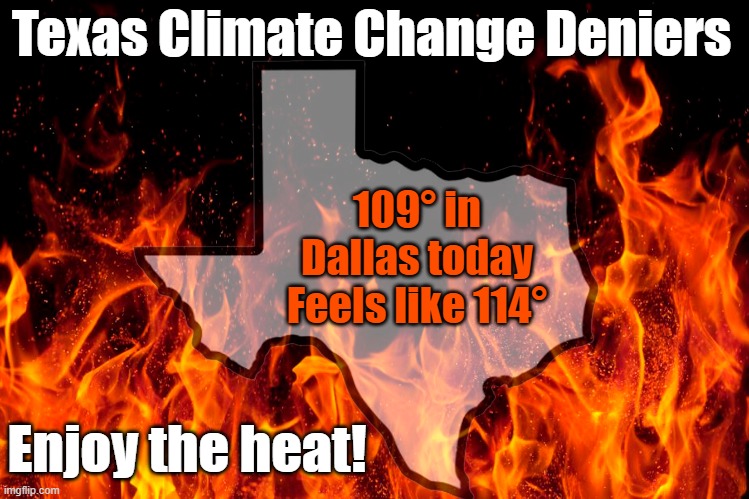Hotter Than The Hubs Of Hell

Phoenix, Arizona, is currently experiencing an unprecedented heatwave, pushing the limits of both human endurance and infrastructure. Temperatures have consistently soared above 110 degrees Fahrenheit (43.3 degrees Celsius) for over two weeks, triggering health alerts and straining local resources. This prolonged period of extreme heat is not just uncomfortable; it poses significant risks to vulnerable populations and raises concerns about the long-term effects of climate change.
This extreme weather event underscores the growing threat of heatwaves in urban environments and necessitates a closer examination of adaptation strategies and mitigation efforts. The situation demands attention from policymakers, public health officials, and the broader community to ensure the safety and well-being of residents. Understanding the scale and implications of this heatwave is crucial for developing effective responses and preventing future crises.
The Scorching Reality
The current heatwave in Phoenix began in late June and has persisted into mid-July, with daily temperatures consistently exceeding 110°F. According to the National Weather Service, several days have reached or surpassed record highs for the dates. Overnight lows have remained stubbornly high, often failing to dip below 90°F, offering little respite from the oppressive heat.
The Maricopa County Department of Public Health has reported a significant increase in heat-related illnesses. Emergency rooms are seeing a surge in patients suffering from heatstroke, dehydration, and other heat-related conditions. Public cooling centers have been opened across the city to provide refuge for those without access to air conditioning.
Dr. Rebecca Sunenshine, Medical Director for Disease Control at the Maricopa County Department of Public Health, emphasized the severity of the situation in a recent press conference. "We are seeing a concerning rise in heat-related cases, and we urge everyone to take precautions to stay safe during this extreme heat," she stated.
Impact on Vulnerable Populations
The extreme heat disproportionately affects vulnerable populations, including the elderly, individuals with chronic health conditions, and those experiencing homelessness. These groups are more susceptible to heat-related illnesses due to physiological factors, limited access to resources, and inadequate housing.
Homeless individuals face particularly acute risks, often lacking access to shelter, water, and shade. Outreach teams are working tirelessly to provide assistance and encourage individuals to seek refuge in cooling centers. However, the demand for these services is far exceeding the available resources.
Maria Garcia, a volunteer with a local homeless outreach organization, described the challenges they face. "It's heartbreaking to see people suffering in this heat. We're doing everything we can, but it's a constant struggle to keep up with the need," she said. The organization is struggling to get enough water and supplies to the people who desperately need them.
Infrastructure Strain
The prolonged period of extreme heat is also placing a significant strain on the city's infrastructure. Power grids are struggling to meet the increased demand for electricity as residents crank up their air conditioners. Rolling blackouts have been implemented in some areas to prevent system-wide failures.
Water consumption has also surged, raising concerns about water scarcity. City officials are urging residents to conserve water by limiting outdoor irrigation and taking shorter showers. The strain on water resources highlights the growing challenges of living in arid environments in the face of climate change.
Roadways are also experiencing damage due to the extreme temperatures. Asphalt is softening and buckling, leading to traffic delays and posing a safety hazard for drivers. City crews are working around the clock to repair damaged roads, but the repairs are often temporary solutions.
The Role of Climate Change
Scientists attribute the increased frequency and intensity of heatwaves to climate change. Rising global temperatures are exacerbating extreme weather events, including heatwaves, droughts, and floods. The Southwest region of the United States is particularly vulnerable to these impacts.
A recent report by the Intergovernmental Panel on Climate Change (IPCC) warns that heatwaves will become more frequent and severe in the coming decades. The report emphasizes the need for urgent action to reduce greenhouse gas emissions and adapt to the changing climate.
Dr. Emily Carter, a climate scientist at Arizona State University, explained the link between climate change and heatwaves. "We are seeing a clear trend of increasing temperatures and more frequent extreme heat events. This is directly linked to the accumulation of greenhouse gases in the atmosphere," she noted.
Looking Ahead
The current heatwave in Phoenix serves as a stark reminder of the challenges posed by climate change and the urgent need for action. Addressing this crisis requires a multi-faceted approach that includes mitigation efforts to reduce greenhouse gas emissions, adaptation strategies to protect vulnerable populations, and investments in infrastructure to ensure resilience.
Public health officials are urging residents to take precautions to stay safe during the heatwave, including staying hydrated, avoiding strenuous outdoor activities, and seeking refuge in air-conditioned spaces. Community organizations are mobilizing to provide assistance to those in need.
While the immediate focus is on managing the current crisis, longer-term solutions are needed to address the underlying causes of climate change and build a more resilient future. This includes investing in renewable energy, improving energy efficiency, and implementing sustainable water management practices. The City of Phoenix has a plan to reduce greenhouse gas emissions and create a more sustainable city, but more needs to be done.


















